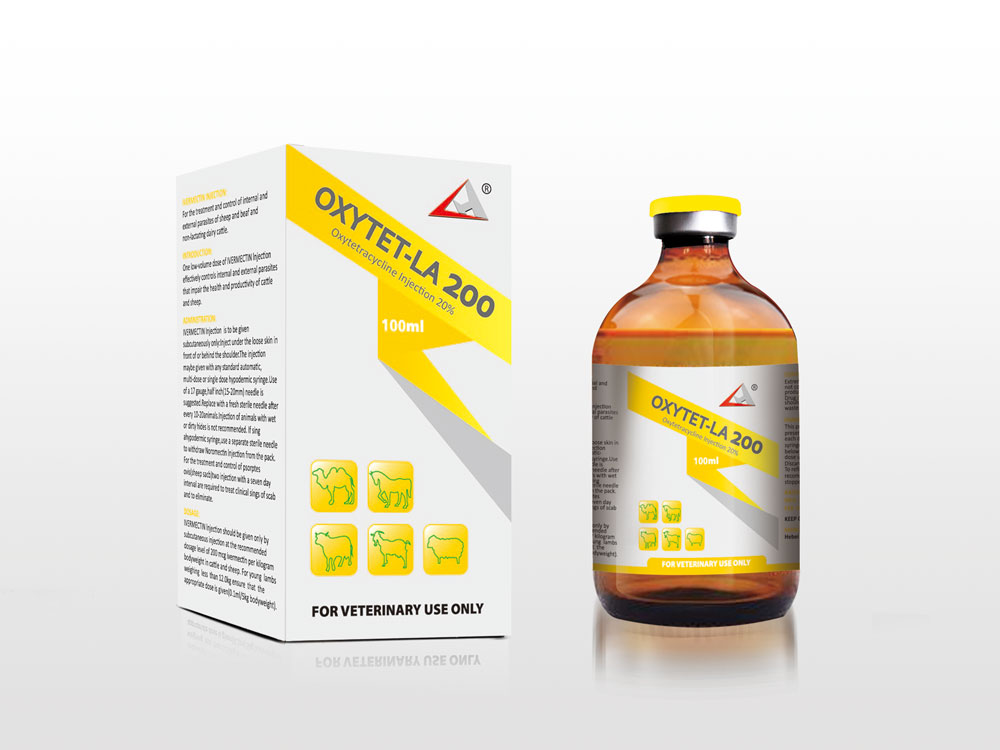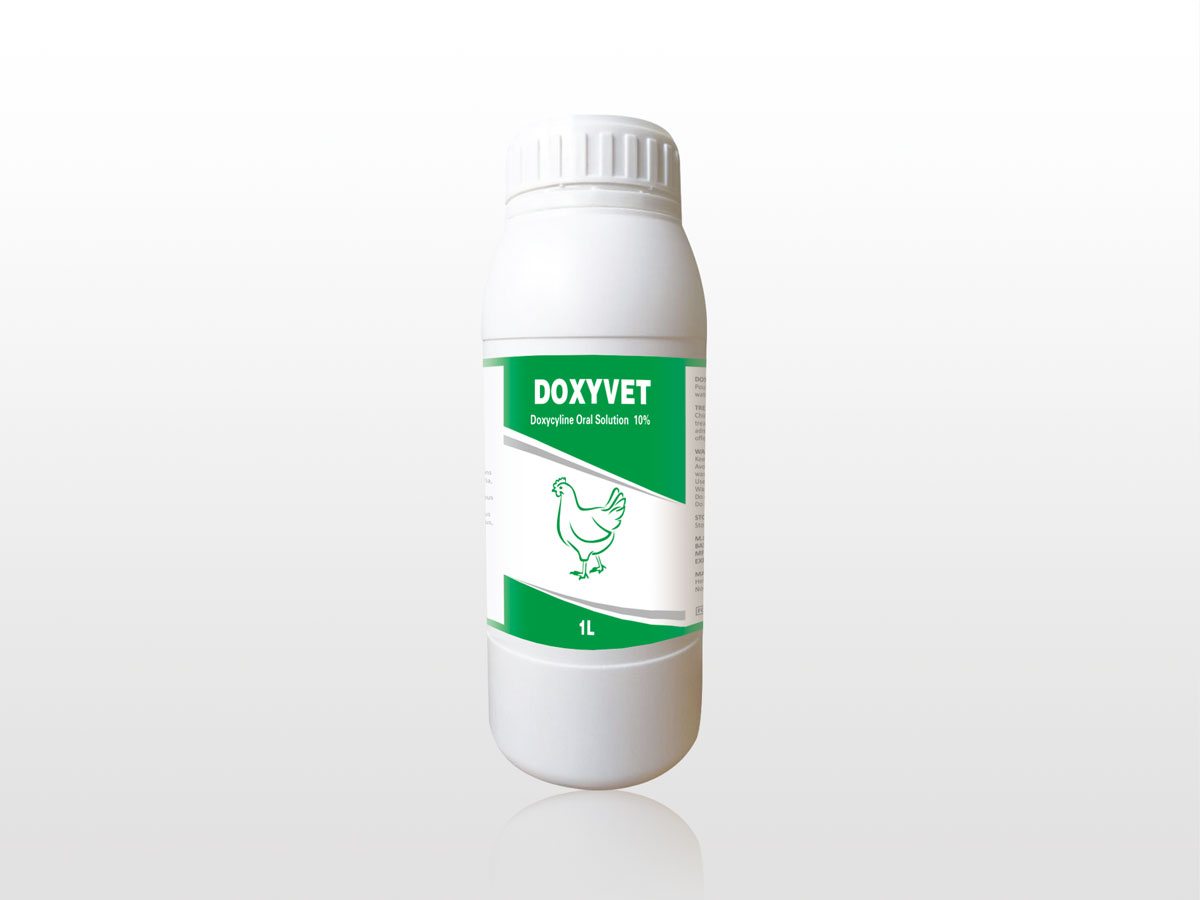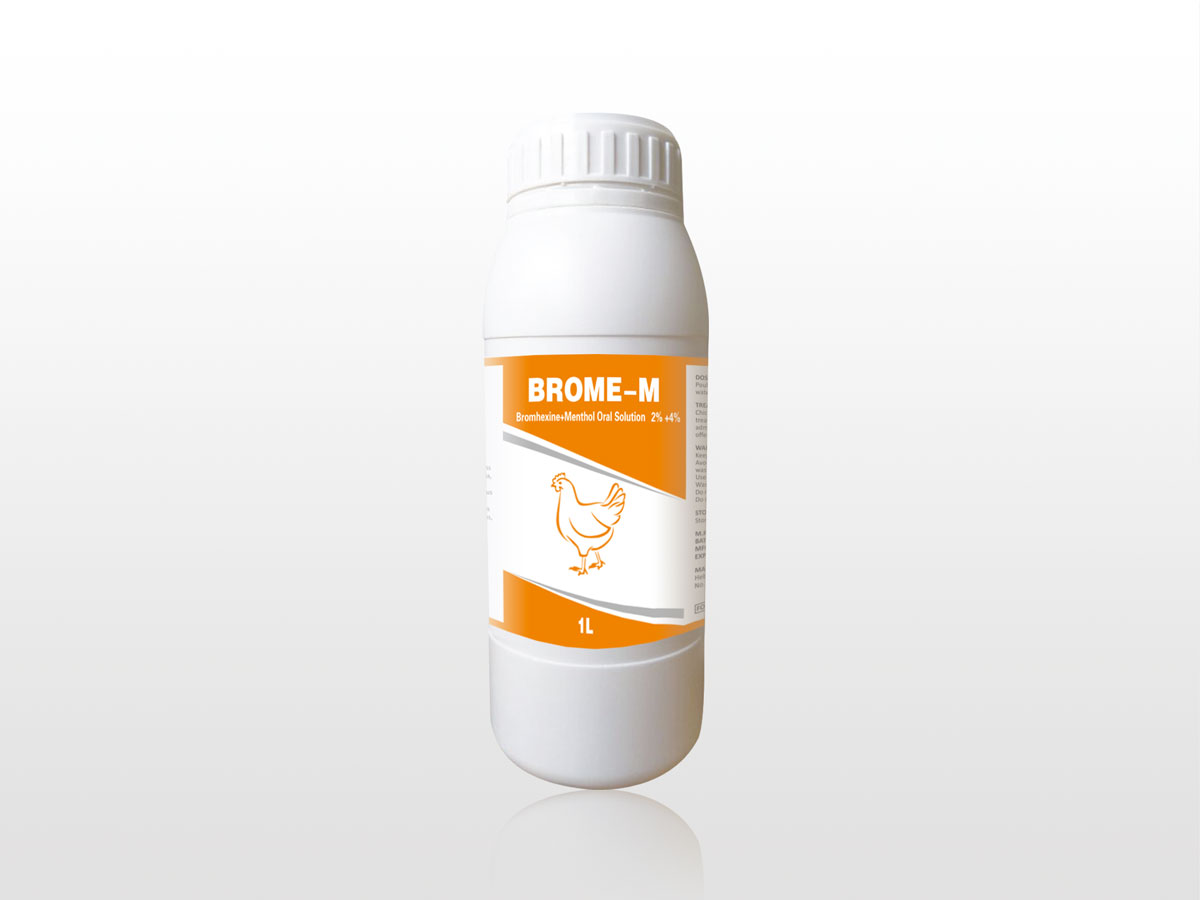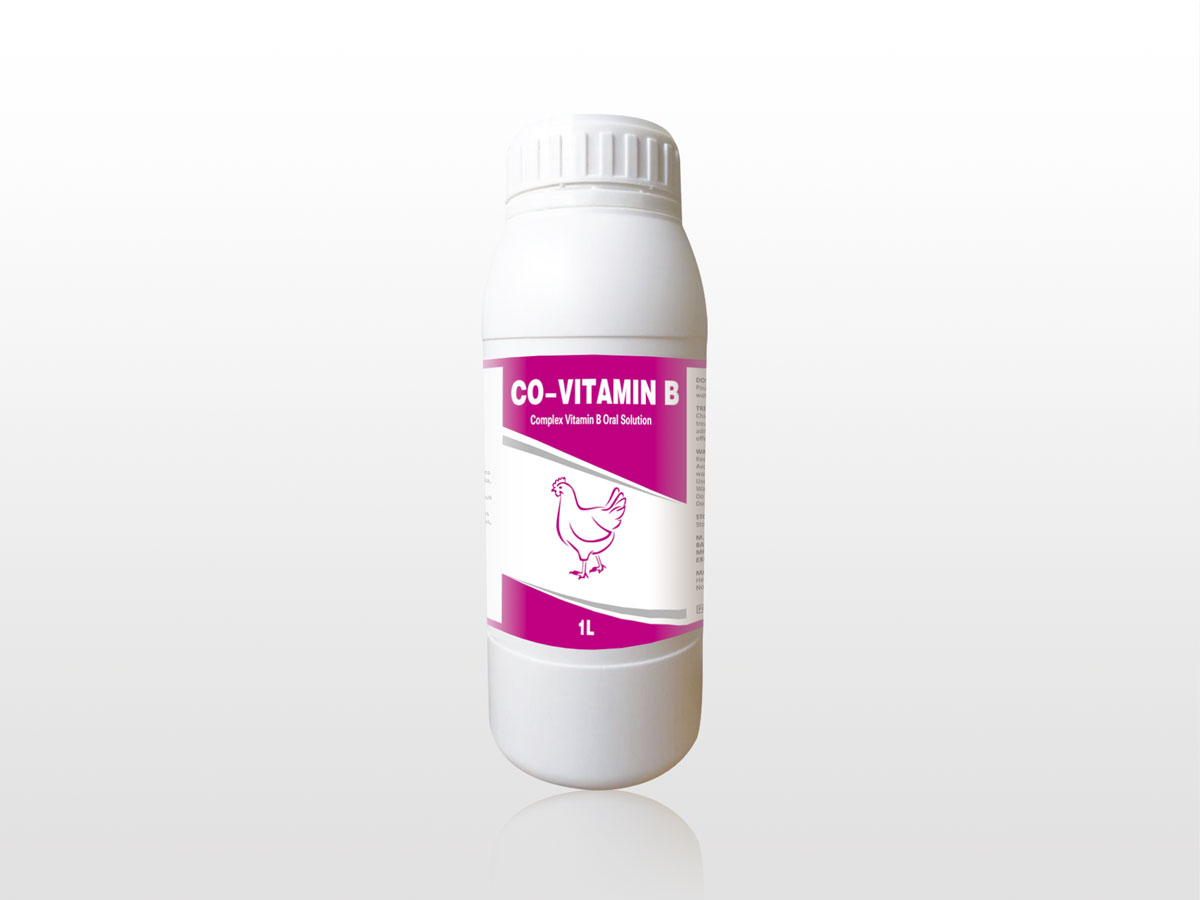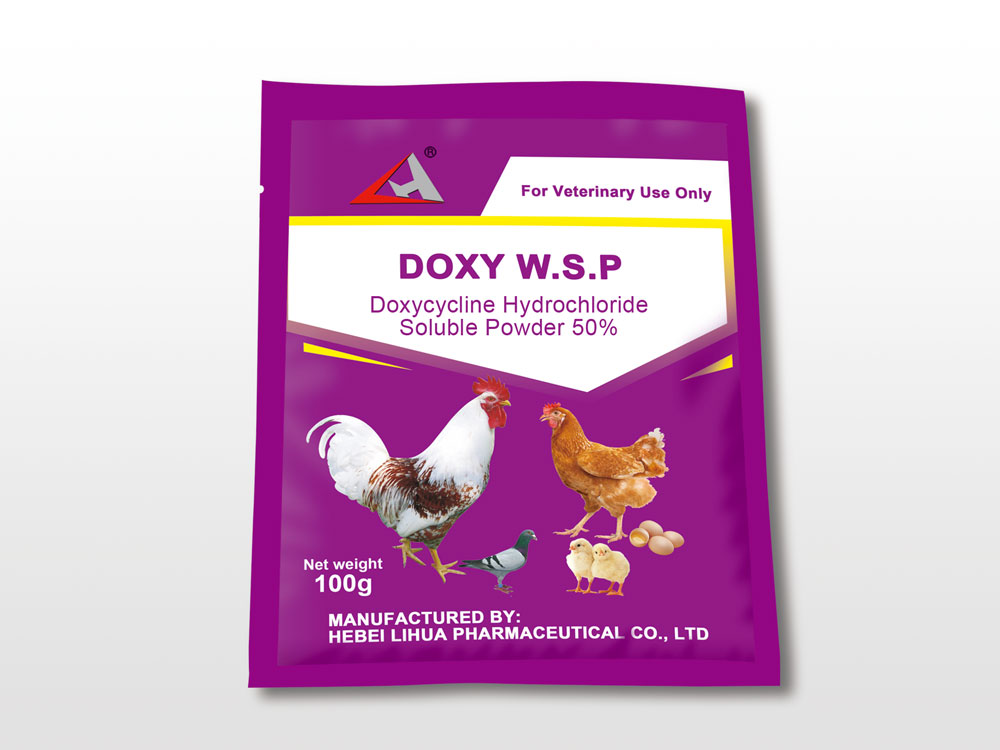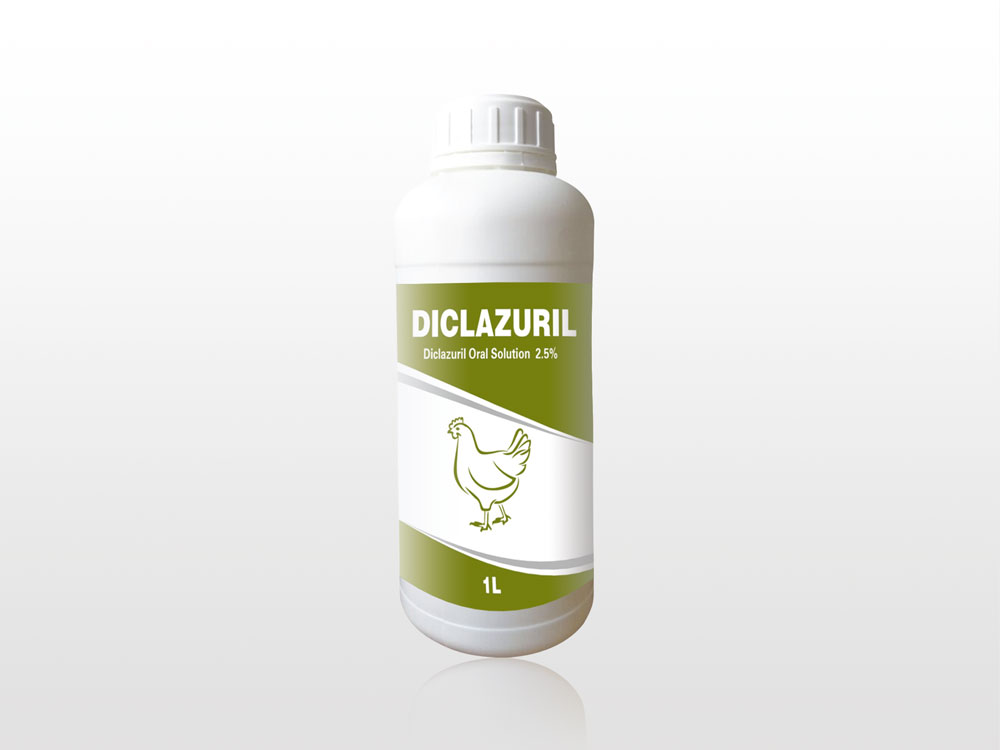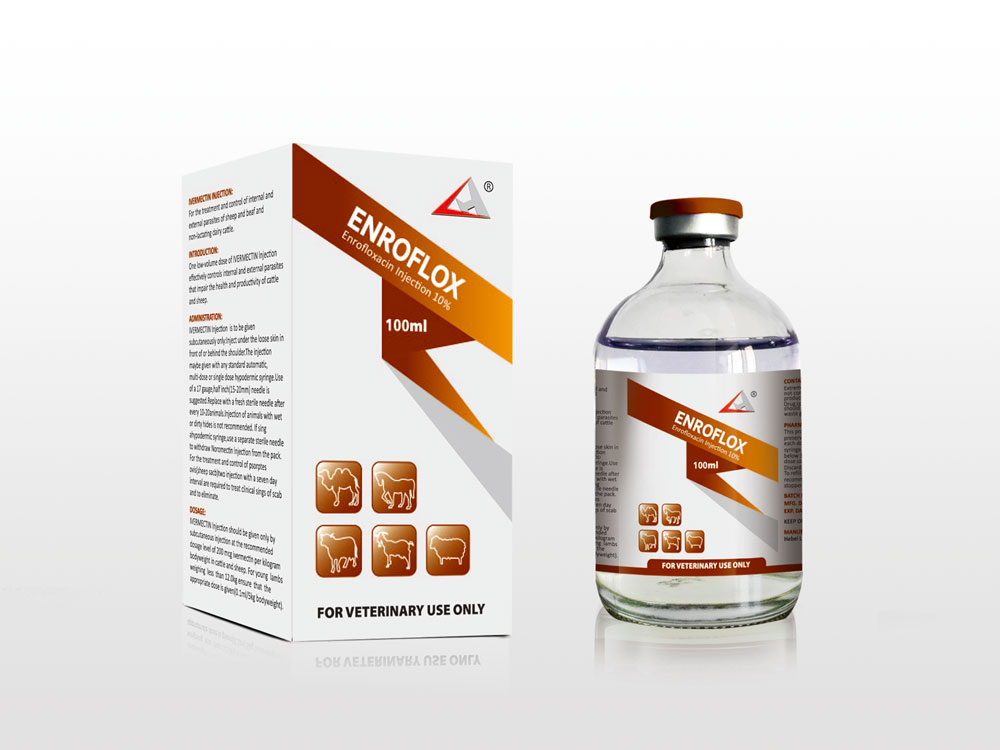Our Products
China New Product Iron Dextran Injection For Animals - Oxytetracycline Injection 20% – Lihua
China New Product Iron Dextran Injection For Animals - Oxytetracycline Injection 20% – Lihua Detail:
Oxytetracycline belongs to the group of tetracyclines and acts bacteriostatic against many Gram-positive and Gram-negative bacteria like Bordetella, Campylobacter, Chlamydia, E. coli, Haemophilus, Mycoplasma, Pasteurella, Rickettsia, Salmonella, Staphylococcus and Streptococcus spp. The action of oxytetracycline is based on inhibition of bacterial protein synthesis. Oxytetracycline is mainly excreted in urine, for a small part in bile and in lactating animals in milk. One injection acts for two days.
Indications
Arthritis, gastrointestinal and respiratory infections caused by oxytetracycline sensitive micro-organisms, like Bordetella, Campylobacter, Chlamydia, E. coli, Haemophilus, Mycoplasma, Pasteurella, Rickettsia, Salmonella, Staphylococcus and Streptococcus spp. in calves, cattle, goats, sheep and swine
Contraindications
Hypersensitivity to tetracyclines.
Administration to animals with a seriously impaired renal and/or liver function.
Concurrent administration of penicillines, cephalosporines, quinolones and cycloserine.
Side Effects
After intramuscular administration local reactions can occur, which disappear in a few days.
Discoloration of teeth in young animals.
Hypersensitivity reactions.
Administration and Dosage
For intramuscular or subcutaneous administration:
General: 1 ml per 10 kg body weight.
This dosage can be repeated after 48 hours when necessary.
Do not administer more than 20 ml in cattle, more than 10 ml in swine and more than 5 ml in calves, goats and sheep per injection site.
Withdrawal Times
- For meat : 28 days.
- For milk : 7 days.
Storage
Store below 25ºC, in a cool and dry place, and protect from light.
For Veterinary UseOnly , Keep out of reach of children
Product detail pictures:
Related Product Guide:
Usually customer-oriented, and it's our ultimate focus on to be not only by far the most reliable, trustable and honest provider, but also the partner for our customers for China New Product Iron Dextran Injection For Animals - Oxytetracycline Injection 20% – Lihua , The product will supply to all over the world, such as: Irish, Nepal, Madras, Based on experienced engineers, all orders for drawing-based or sample-based processing are welcomed. We have won a good reputation for outstanding customer service among our overseas customers. We will continue to try the best to offer you good quality products and the best service. We are looking forward to serving you.
The factory technical staff not only have high level of technology, their English level is also very good, this is a great help to technology communication.
HOT-SALE PRODUCT
Quality First, Safety Guaranteed



